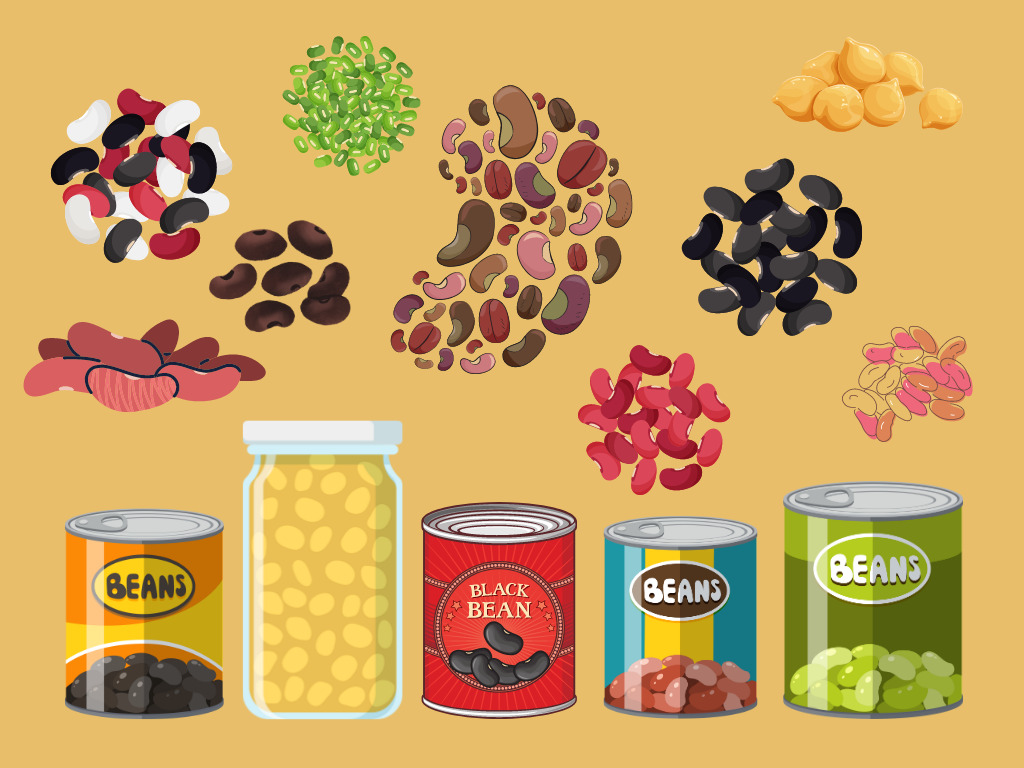6 Mins Read
In a bid to meet the UN’s second Sustainable Development Goal (SDG2) of zero hunger by 2030, one campaign is asking you to eat more beans. Its argument? Beans are cheap, long-lasting, nutritious, versatile, planet-friendly, and ubiquitous.
SDG2 aims to end hunger, achieve food security and improved nutrition, and promote sustainable agriculture. According to the Food and Agriculture Organization, 9.2% of the world’s population is currently facing hunger, and 600 million will be undernourished by 2030. The UN says this goal is at risk, as high food prices continue to impact many consumers and malnutrition continues to jeopardise children’s wellbeing.
In fact, all goals have been projected to miss the 2030 mark by at least 60 years, according to a report by the Social Progress Imperative. That delay is dangerous and needs to be addressed. This is what Beans is How – a new campaign by the SDG2 Advocacy Hub and a coalition of over 50 partners – aims to do.
Founded in 2016, the advocacy group comprises over 120 global organisations – including NGOs, advocacy groups, civil society, the private sector and UN agencies – which collaborate on SDG2 priorities, as well as focus on specialist areas to help meet the targets.
Why Beans is How?
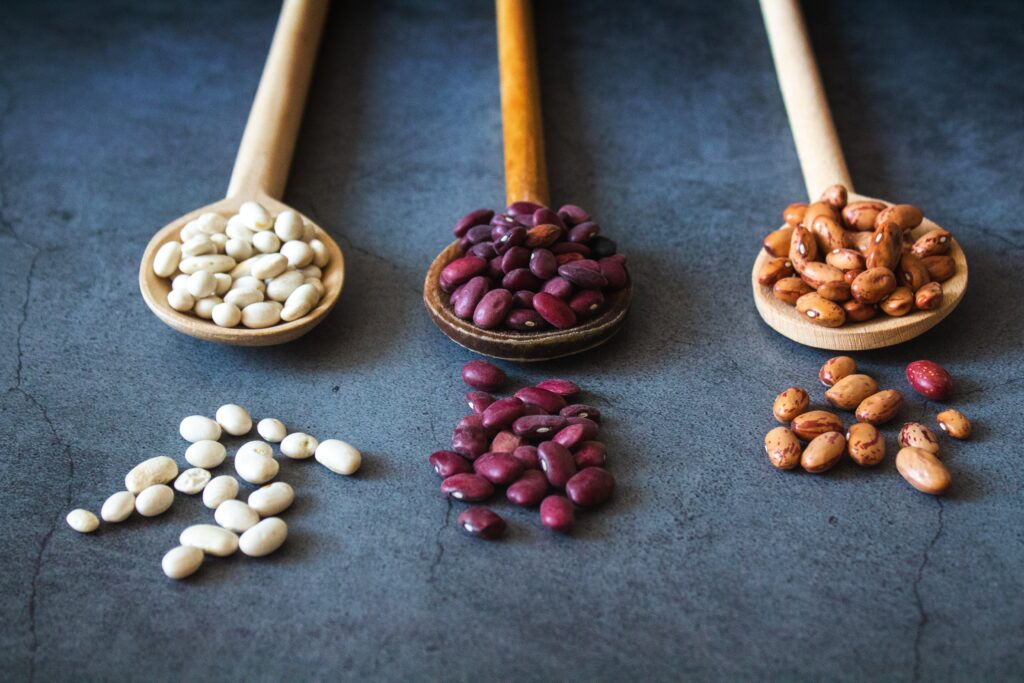
The goal of Beans is How, which focuses on the humble bean (including peas, lentils and other pulses, and legumes), is to double global bean consumption by 2028. The campaign looks to amplify the importance of beans as an affordable solution to global financial, health and climate challenges. It also hopes to uplift policy and academic research, and galvanise stakeholder actions to reach its target.
On the food innovation side of things, beans are being rebranded of late, with a handful of US and UK startups such as Bold Beans and Heyday Canning celebrating the versatile seeds with new formats and offerings to inspire consumers to put beans at the centre of their plate.
Why beans? The campaign argues they are nutrient-dense, filled with protein and dietary fibre, have no cholesterol, low in fat, and rich in micronutrients including iron, potassium and vitamins B like folate. They’re good for the planet, too. Beans can fix nitrogen, converting it into a plant-usable form, and hence need fewer fertilisers. They also improve soil and water quality, as well as use less water than many crops.
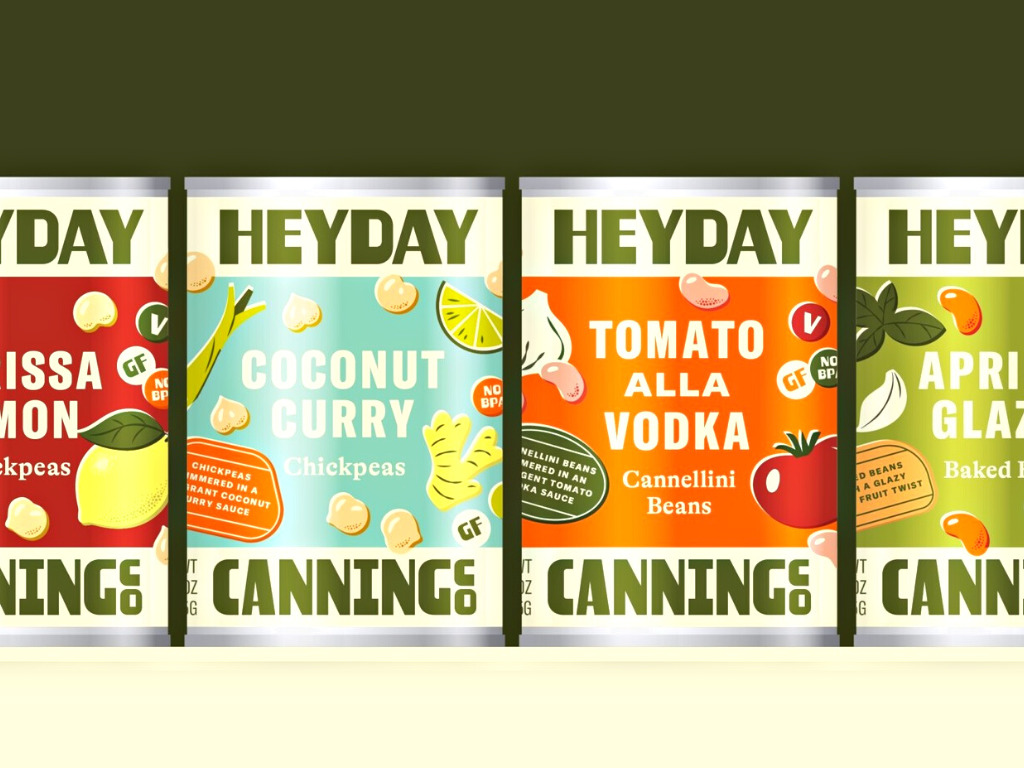
According to one estimate, global bean consumption was up by 6.49% year-on-year in 2020, and 13.8% from 2010. However, a majority of this was concentrated in India, Brazil and the US, which accounted for nearly half (45.3%) of total bean consumption. The rest was mostly scattered across parts of Africa and southeast Asia.
So why aren’t people eating more beans? Paul Newnham, executive director of the SDG2 Advocacy Hub, tells Green Queen that geography is definitely a factor, including “whether a person lives in an urban or rural setting”, alongside one’s economic background, dietary habits, gender and age.
“Some of the listed challenges include associating beans with [a] lower economic status due to their affordability (although affordability also changes across these multiple factors), associating them with a vegetarian diet, or confusion about their nutritional value,” he explains. “Improper knowledge about cooking methods or having the time to cook beans are [also] cited as barriers.”
Enlisting the help of the Chefs’ Manifesto
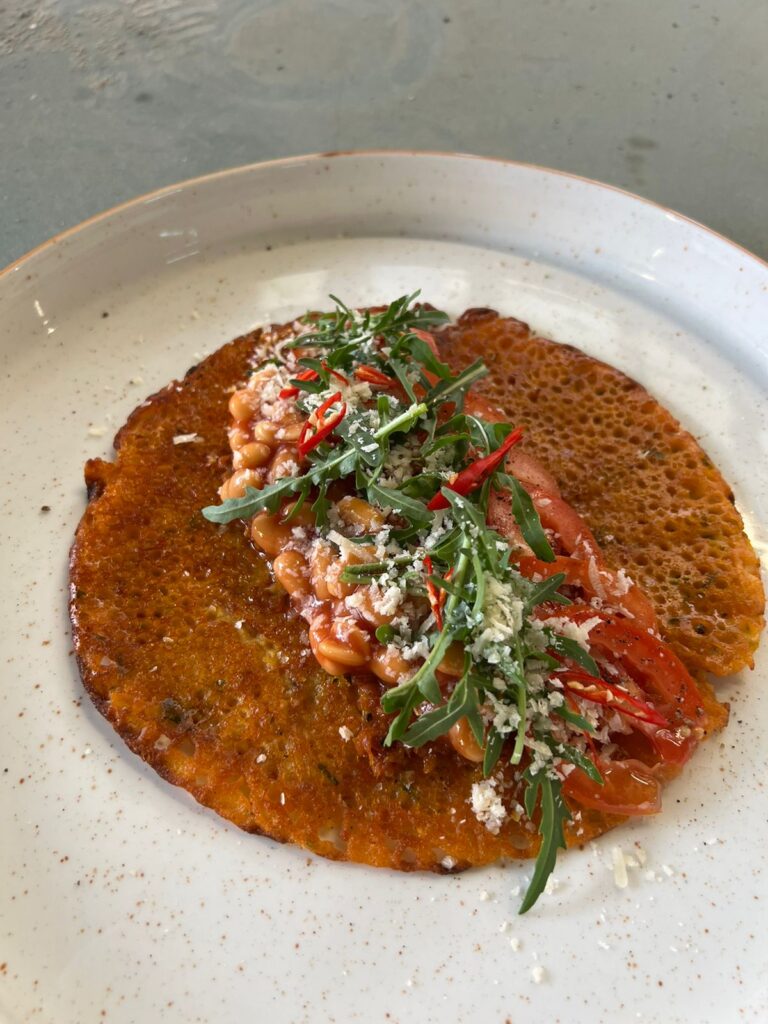
To help reach the ambitious consumption goal, the SDG2 Advocacy Hub has partnered with the Chefs’ Manifesto – a community of over 1,200 chefs from 92 countries driven to make our food systems more sustainable – for what they call the ‘Menu Challenge’. It targets restaurants, caterers, cafés, schools and other food providers to get more bean dishes on menus globally and make them a desirable food choice.
The initiative highlights the unique role chefs can play in showcasing the crops’ versatility and flavour, while influencing dietary behaviours towards affordable, plant-forward diets. “As trusted sources to influence dietary trends, communicate nutritional value, and teach cooking techniques whilst displaying culinary innovations, chefs can play a strong role in fighting these misconceptions,” says Newnham.
The Chefs’ Manifesto has an eight-point plan to drive change. This includes:
- Ingredients grown with respect for the earth and its oceans
- The protection of biodiversity and improved animal welfare
- Investment in livelihoods
- Value natural resources and reduce waste
- Celebration of local and seasonal food
- A focus on plant-based ingredients
- Education on food safety and healthy diets
- Nutritious food that is accessible and affordable for all
The campaign has seen chefs around the world join its ranks, including Anahita Dhondy (India), Grace Ramirez (USA/Venezuela/Mexico), Abang Brian (Singapore), Bettina Campolucci (UK) and Conor Spacey (Ireland). “They champion beans as a simple way to add more nutrition and protein into your diet, while also doing your part for the planet and ensuring Good Food For All,” says Newnham.
These chefs have been recreating traditional recipes with beans. Dhondy, for example, champions her Parsi food culture, the cuisine of India’s Zoroastrian community, and promotes lost recipes and ingredients, like the traditional grain millet, in her cooking. She also puts modern spins on classic dishes – think cheela (an Indian chickpea pancake) with baked beans.
A new Theory of Change
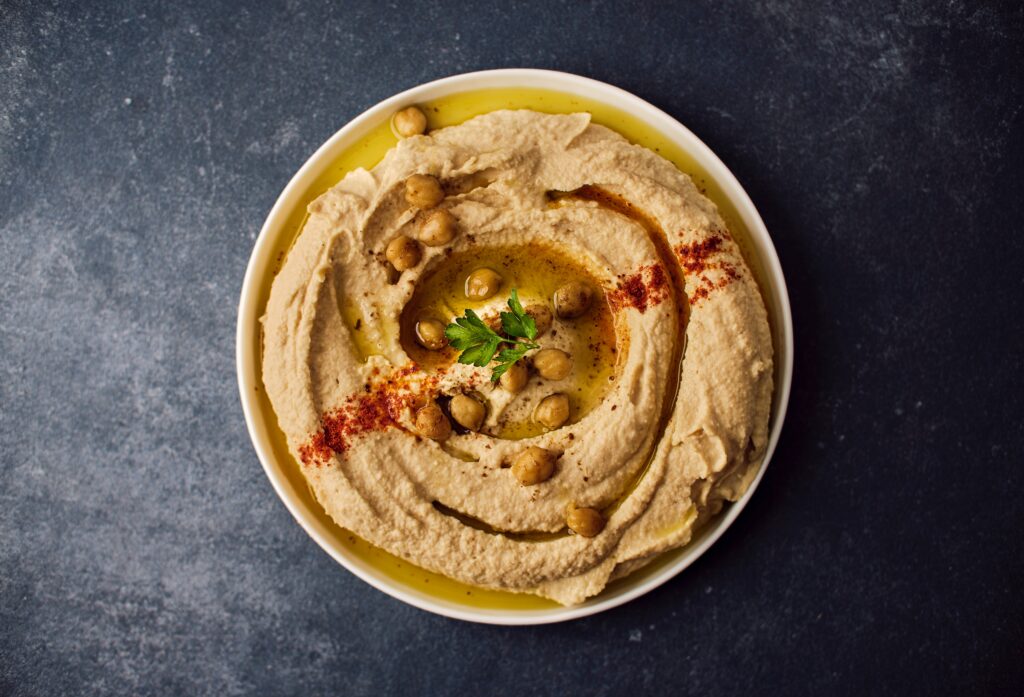
What’s next for Beans is How? In a few weeks, it will launch its Theory of Change, which will further define its strategy to achieve its mission in the next five years. “Through this approach, we are confident that this tiny yet mighty solution can contribute towards the necessary transition towards more sustainable food systems that promote the health of people and planet,” Newnham tells Green Queen.
Increasing consumption is one thing – how do you expand production to meet demand? As the Chefs’ Manifesto explains: “Farmers will need to consider infrastructure such as storage and drying, which is often a key hurdle, as well as financing for new kinds of machinery. They will grow what has a market, but there are still many barriers to entry that may slow or prohibit them from growing beans at scale. A better understanding of current production patterns and supply chains is necessary before promoting changes.”
To protect farmers, the SDG2 Advocacy Hub has led on a Small-Scale Farmers’ Consensus, which includes eight calls to action that aim to elevate the voices and policy priorities of small-scale producers, and align stakeholders around evidence-based solutions.
Apart from Beans is How and the Chefs’ Manifesto, the advocacy group also coordinates Hungry for Action, a campaign to address the global food crisis, and Good Food for All (“without good food, no other progress is possible”). Additionally, the SDG2 Advocacy Hub networking meeting aligns advocacy and campaigns across the private sector, civil society and UN agencies.


